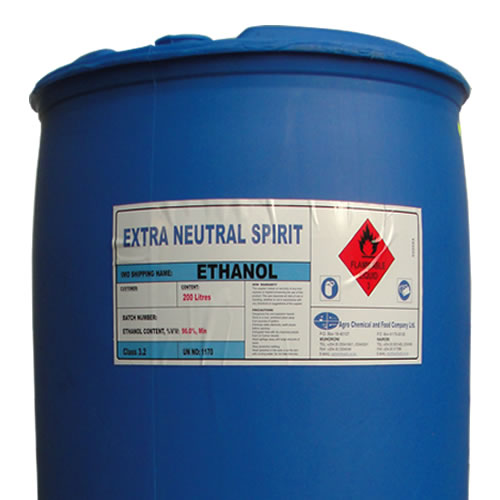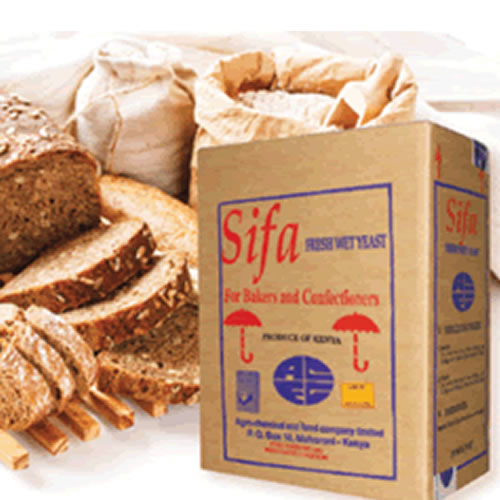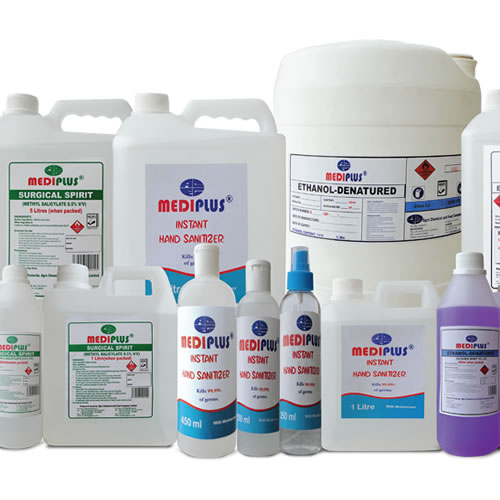Safety
CHEMICAL SAFETY CARDS FOR ETHANOL
TYPES OF HAZARDS / EXPOSURE | ACUTE HAZARDS / SYMPTOM | PREVENTION | FIRST AID / FIRE FIGHTING |
| FIRE | Highly flammable | NO open flames, NO sparks and NO contact with strong oxidants | Powder, alcohol-resistant foam, water in large amounts, carbon dioxide |
| EXPLOSION | Vapour/air mixtures Are explosives | Closed system, ventilation, explosion-proof electrical equipment and lighting. Do NOT use compresses air for filling, discharging, or handling | In case of fire: keep drums, etc, cool by spraying with water |
| INHALATION | Cough, drowsiness, headache and fatigue | Ventilation, local exhaust, or breathing protection | Fresh air, rest |
| SKIN | Dry skin | Protective gloves | Remove contaminated clothes. Rinse and then wash skin with water and soap |
| EYES | Redness, pain, burning | Safety goggles | First rinse with plenty of water for several minutes, then refer to a doctor |
| INGESTION | Burning sensation, confusion, dizziness, headache, unconsciousness | Do not eat, drink, or smoke during work | Rinse mouth. Refer to medical attention |
ETHANOL (ANHYDROUS)
- PHYSICAL STATE (APPEARANCE): Colourless liquid with characteristic odour
- PHYSICAL DANGERS:
- The vapour mixes well air,
- Explosive mixtures are easily formed
- CHEMICAL DANGERS:
- React slowly with calcium hypochlorite, silver oxide and ammonia causing fire and explosion hazards.
- Reacts violently with strong oxidants such as nitric acid, silver nitrate, and mercuric nitrate or magnesium perchlorate causing fire and explosion hazards.
- PHYSICAL PROPERTIES:
Boiling point: 79°C Melting point: -117°C Flash point: 13°C c.c. Relative density (water=1): 0.8 Solubility in water: miscible Vapour pressure, kPa @ 20°C: 5.8 Relative vapour density (air=1): 1.6 - ROUTES OF EXPOSURE The substance can be absorbed into the body by inhalation of its vapour and by ingestion.
- INHALATION RISK: A harmful contamination of the air will be reached rather slowly on evaporation of this substance at 20°C.
- EFFECTS OF SHORT-TERM EXPOSURE: The substance irritates the eyes. Inhalation of high concentration of vapour may cause irritation of the eyes and respiratory tract. The substance may cause effects on the central nervous system.
- EFFECTS OF LONG-TERM OR REPEATED EXPOSURE: The liquid defats the skin. The substance may have effects on the upper respiratory tract and central nervous system, resulting in irritation, headache, fatigue and lack of concentration. Chronic ingestion of ethanol may cause liver cirrhosis.
NOTICE: The cards above may not reflect in all cases all the detailed requirements included in the legislation on the subject. The user should therefore verify compliance of the cards with the relevant legislation of the country of use.
TIPS ON PROPER SIFA FRESH WET YEAST HANDLING
DOS | DON’TS | |
| Maintain cooler temperature: Maintain 2-10OC temperature at all times in the yeast cooler | 1 | Don’t open cooler doors excessively. |
| Stack cartons properly: Properly stack yeast cartons on pallets or shelves for adequate air circulation | 2 | Don’t stack in tight patterns that do not allow air circulation around the cartons |
| Provide good air circulation: Allow for adequate air movement in the cooler. | 3 | Don’t store cartons directly on cooler floor or in contact with walls. |
| Use product as needed: Remove yeast from cooler shortly before needed. | 4 | Don’t remove more than a one-hour supply from the cooler at any time. |
| Use first-in-first-out product rotation: Use oldest yeast first. Mark the cartons so that they can be used in proper order. | 5 | Don’t mix new and old shipment. |
| Take yeast temperature frequently: Keep yeast temperature below 10oC at all times (even outside the cooler) | 6 | Don’t expect consistent results from yeast that was subjected to temperature abuse. |
| Minimize yeast exposure to air: Once opened, keep the linings in the carton rolled down to the yeast level to minimize air contact. | 7 | Don’t leave portion of yeast in opened polythene liner. |
| YEAST IS A LIVING ORGANISM PLEASE HANDLE WITH CARE | ||
PROPER WET YEAST COOLER MAINTENANCE
| 1. | Ensure that the condenser is free, unobstructed and away from high temperatures. |
| 2. | Ensure that dust and flour is blown away from the condenser twice a week. |
| 3. | Ensure that the cooler doors are NOT left open excessively |
| 4. | Ensure that yeast cartons are NOT stacked directly under the fan of the evaporator. |
| 5. | Ensure that the coolers are serviced and checked for leaks, temperature setting adjusted and level of gas checked at least once after every three months. |
| 6. | Ensure that the cooler is NOT switched on and off unnecessarily. |
| 7. | In case of malfunctioning of the cooler, please call Agro-Chemical and Food Company Limited on 057-51622, 51075/7/8, Marketing Department |
| TEMPERATURE WITHIN THE COOLER SHOULD BE MAINTAINED BELOW 10°C AT ALL TIMES | |






